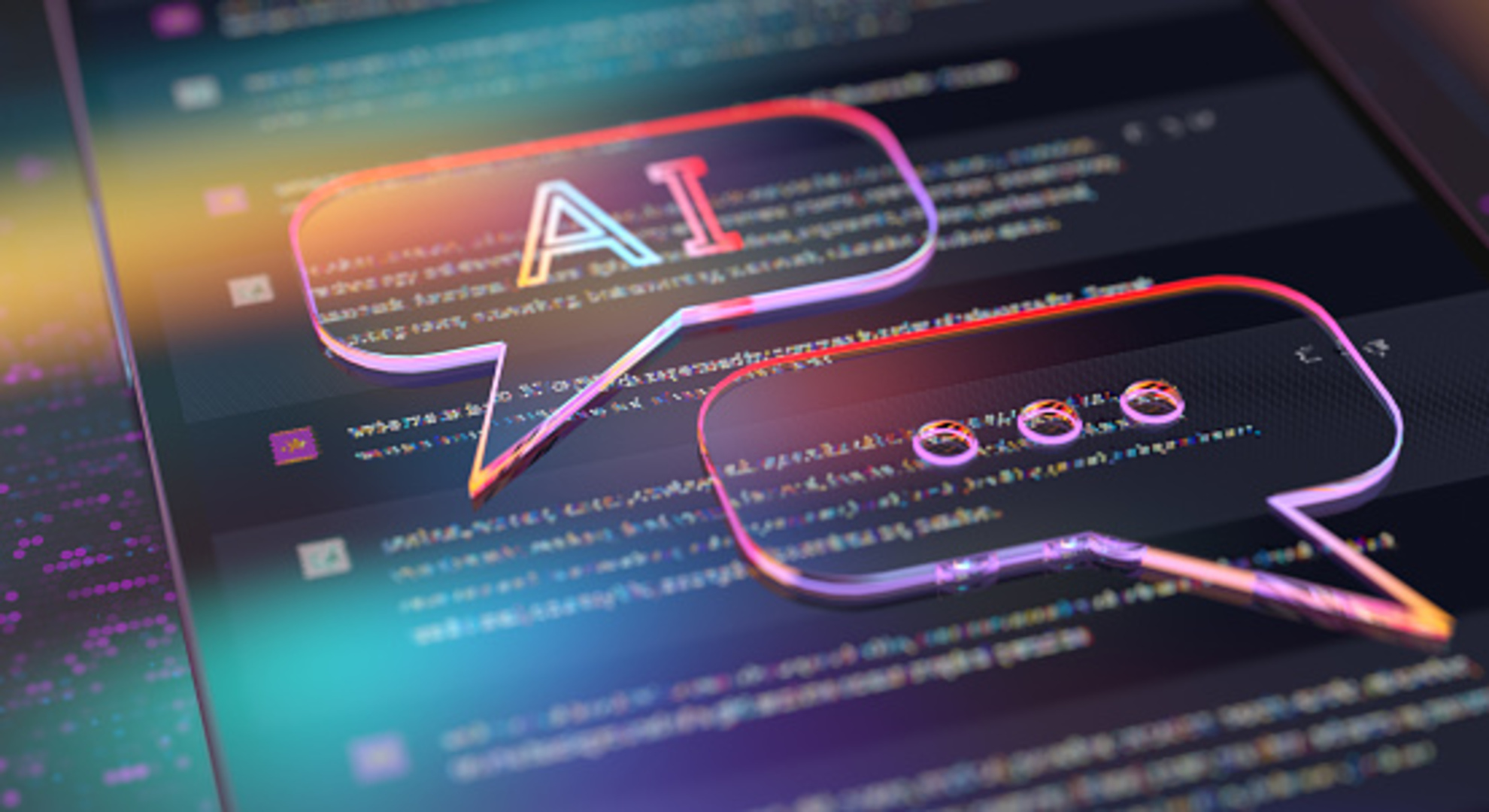
12 Apr Smart connectivity: the role of AI in network optimisation
Do you think the economy – or even society as a whole – could survive without effective smart connectivity? Perhaps it’s a slight exaggeration to ponder our potential downfall as a species, but you can’t deny there would be a serious impact, given networks currently play an essential role in the proper functioning of both economies and societies worldwide. These days, it’s vital that our own devices and countless different information exchange systems can stay connected at all times. And data transmission will only become more important as the years tick by, given artificial intelligence is meant to help networks optimise and improve their performance and efficiency consistently and – at least on paper – in an almost exponential manner.
Challenges in the age of smart connectivity
Perhaps the biggest – but certainly not the only – challenge facing network management these days is the increasing complexity of network environments. There’s a never-ending stream of new devices coming online and connecting to them, which, in turn, offer users more and more applications and services. This presents a real challenge when it comes to optimising network performance, security and energy efficiency. Demand for bandwidth is also continuing to increase, which calls for some seriously innovative solutions to ensure fast and stable connectivity anytime, anywhere.
Opportunities created by artificial intelligence
Artificial intelligence offers a promising response to all these various challenges by helping to optimise networks and doing so much more efficiently than simply following current management approaches. Through real-time data analysis and machine learning, AI can identify patterns, predict trends, and even make smart decisions to improve network performance and security right there and then. This includes optimising data as it makes its way through various routing systems, detecting anomalies, and proactively mitigating cybersecurity threats.
Smart connectivity solutions powered by AI
In practice, AI can be applied in a whole variety of different applications where the goal is to develop a smart connectivity ecosystem. For example, in terms of enterprise network management, AI can automate and optimise monitoring tasks. This reduces the workload for tech and IT staff by a high percentage while improving operational efficiency at the same time. In telecommunications, AI is already being used to optimise resource distribution, improve the quality of service and anticipate traffic congestion, even avoiding and managing bottlenecks when they occur.
What’s the difference between wired and wireless networks?
Wireless and wired networks have a few major differences in terms of performance, scope and applications. Wired networks, such as Ethernet, offer better speeds and reliability, making them ideal for applications that require constant, high-speed connections, such as sending and receiving data over local networks or high-speed Internet connections in the home or at work.
Wireless networks, on the other hand, such as Wi-Fi and 5G, offer greater flexibility and mobility, making them the perfect solution for mobile devices and applications that require Internet access no matter where you happen to be in the world. However, wireless networks can experience interference and signal loss, especially in densely populated or physically obstructed environments.
Tomorrow’s smart connectivity: future trends
As technology continues to make strides, we can expect to see more integration of artificial intelligence into a whole variety of different networks, increasing automation and accuracy as we go. We should also expect to see a focus on achieving more efficient processes and safer networks overall. The shift towards 5G connectivity also promises to revolutionise the ways we connect, allowing applications to operate in ecosystems dominated by the Internet of Things (IoT), a world with better and more reliable self-driving vehicles, and even more frequent and normalised interactions with augmented reality, to name just a few examples.

